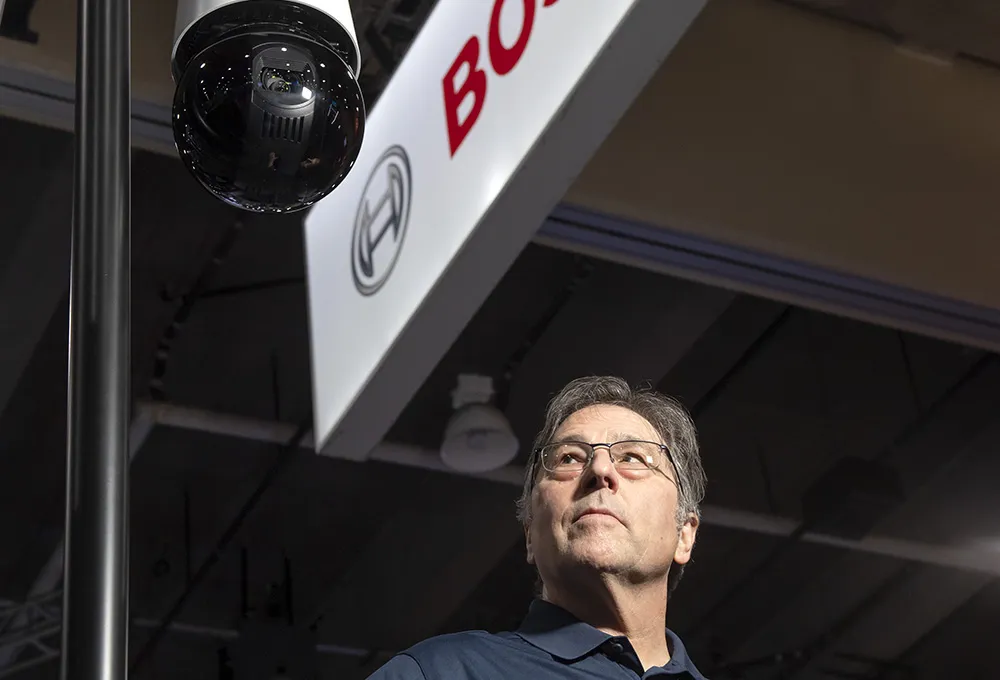Flir launched a new dual-vision traffic camera at ITS America in Detroit, showing how thermal and visual imaging can work together in specific traffic applications. According to Robin Collaert, a business solutions director for Flir, thermal imaging lets traffic operators see in total darkness and inclement weather while visual imaging provides additional visual verification of specific events.
June 7, 2018
Read time: 1 min

The Flir Trafisense Dual combines full HD visual imaging with 10x optical zoom with 30 Hz thermal imaging, making it ideal for intersection monitoring, wrong-way drivers and wildlife applications. The thermal imaging camera can be used for detection while visual imaging can be used to identify unique vehicle, pedestrian and animal identification.
According to Collaert, the dual thermal and imaging camera will be globally available by the end of the summer.
Booth 542










